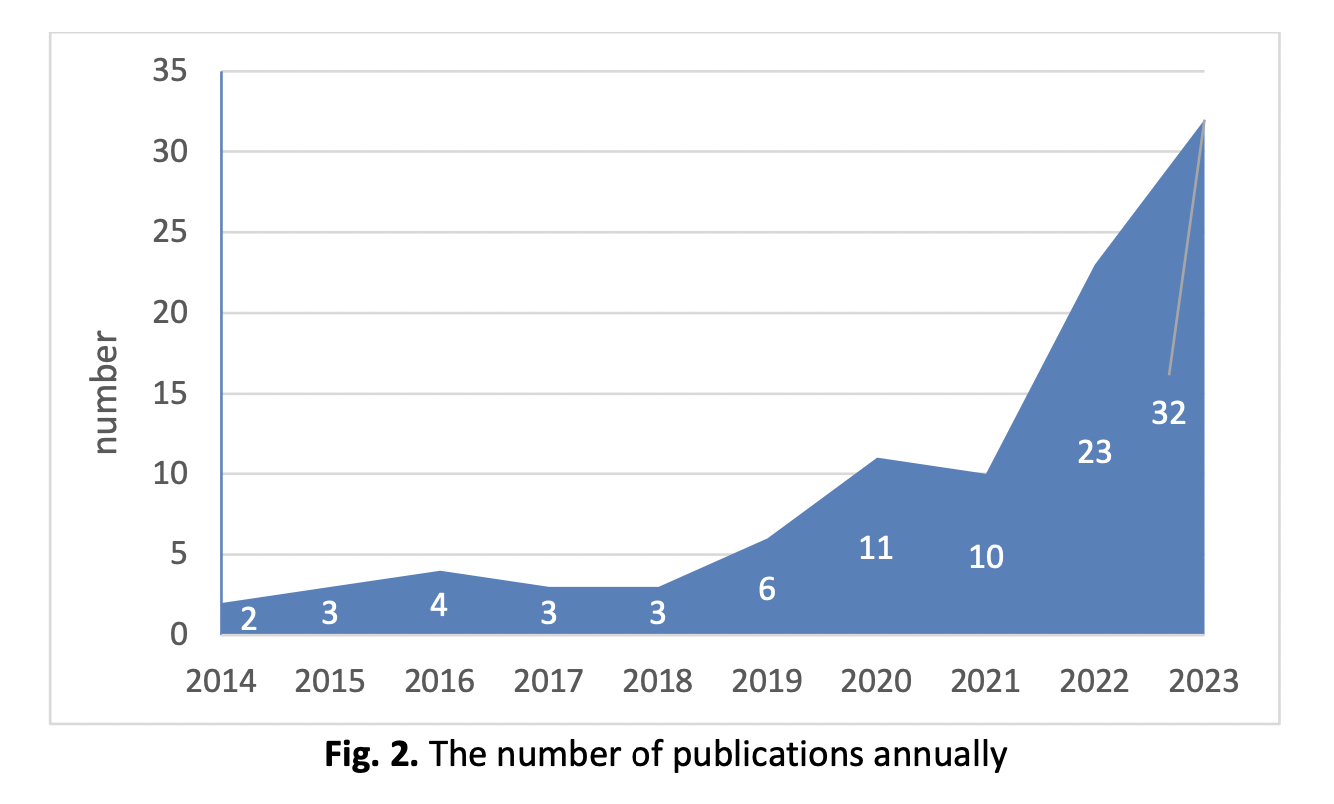The Impacts of 5D Building Information Modelling towards Cost Management in the Construction Industry
DOI:
https://doi.org/10.37934/araset.32.3.471487Keywords:
5D BIM, Construction industry, Cost management, Systematic review, TechnologyAbstract
Cost management is one of the most essential tasks in engineering construction. It is a crucial factor in the success of the project. The fifth dimension (5D) of building information modeling (BIM) has a different impact on cost management in the construction industry. Whereas, stakeholders are not eager to adopt procedures that are unrelated to their business. Therefore, this study determines the link between 5D BIM practices and cost management in the China construction industry to guarantee that the most suitable practice in 5D BIM is adopted. A systematic review method was adopted to assess the 5D BIM approaches to conduct the relationship between 5D BIM practices and cost management. The research involves references to the science journal databases Emerald Insight, Science Direct, and Google Scholar to find the pertinent journal publications in the data collection phases. The findings of the research indicate that the implementation of 5D BIM is agreed as beneficial, and a thorough conceptual framework is developed from this research to demonstrate the connections between 5D BIM practices and cost management in China construction sector. Cost management is optimized in various ways for 5D BIM implementation. To accomplish effective cost management and maintain their competitiveness in the market, construction industry need to comprehend the 5D BIM relevant solution and relationships. A throughout conceptual framework that demonstrates the connections between 5D BIM and its impact on the cost managment of construction industry is established through a thorough literature review, enabling stakeholders to comprehend potential benefits in cost management. The research provides new awareness and information about the 5D BIM technologies that are available concerning the demands for cost management. It address the value-added of the construction industry output and improve the industrial competitiveness of enterprises.
Downloads





























